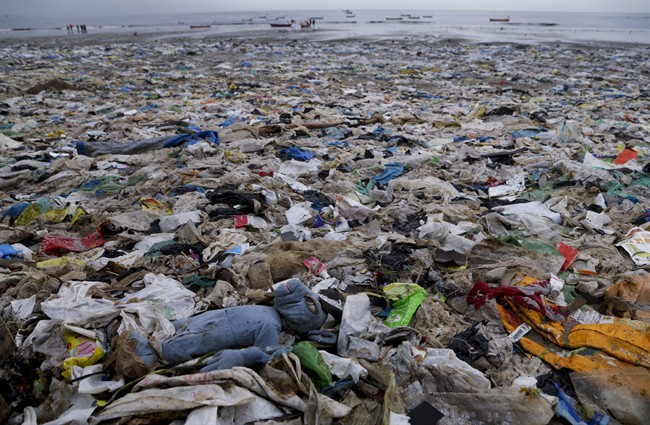Last week, I wrote about the challenges Canada – and indeed the world – is facing now that China refuses to accept our low-value recyclables. They aren’t the only ones.

For years, residents of Coronation, Alta. have complained about Calgary garbage being dumped into their community by commercial waste disposal companies.
Danielle Smith: Canada needs to change recycling approach to find new markets
LISTEN: Recycling Council of Alberta on China’s new rules for importing recycling
This week, I talked to someone who has been working on a homegrown solution to solve the solid waste problem in rural Alberta.
The Southern Alberta Energy From Waste Association (SAEWA) has been working for five years to get the approvals to turn garbage into electricity. It sounds like they are getting closer to turning it into reality.
I spoke with SAEWA vice chair Paul Ryan, who sent me an article about the Swedish recycling revolution which allows that country to recycle nearly 100 per cent of their waste. Sweden has been incinerating since 1904 and they now have 32 plants.
Not only do they deal with their own household waste, but they import more than 1.3 million tonnes of trash from the UK, Ireland and Norway.
LISTEN: Recycling Council of Alberta on China’s new rules for importing recycling
The Swedes also have one of the highest levels of recycling. They don’t burn everything; in fact, they divert the most valuable materials for recycling and then incinerate. The product that is left over after incineration is used to refill abandoned mines. They have even perfected the technology so that virtually all of the residual emissions are non-toxic.
One wonders why we don’t have something like that in Alberta already.
Ryan told me that it can take up to 10 years from concept to construction, but that they are making progress. The case seems pretty strong.
He told me that when they hired people to analyze the contents of a dumpster (no doubt they had to pay a premium for someone to do that job!), they discovered that about 30 per cent of the waste disposed couldn’t be recycled at all.
The other option is to landfill. But with landfills becoming harder to site and with residual issues of groundwater and methane to be monitored and managed, burying garbage is becoming less and less attractive – even in a land-rich province like Alberta.
One thing is certain: the days of shipping off garbage and making it another community’s problem are coming to an end.






Comments